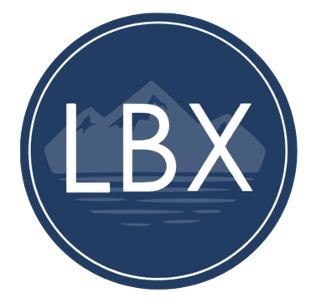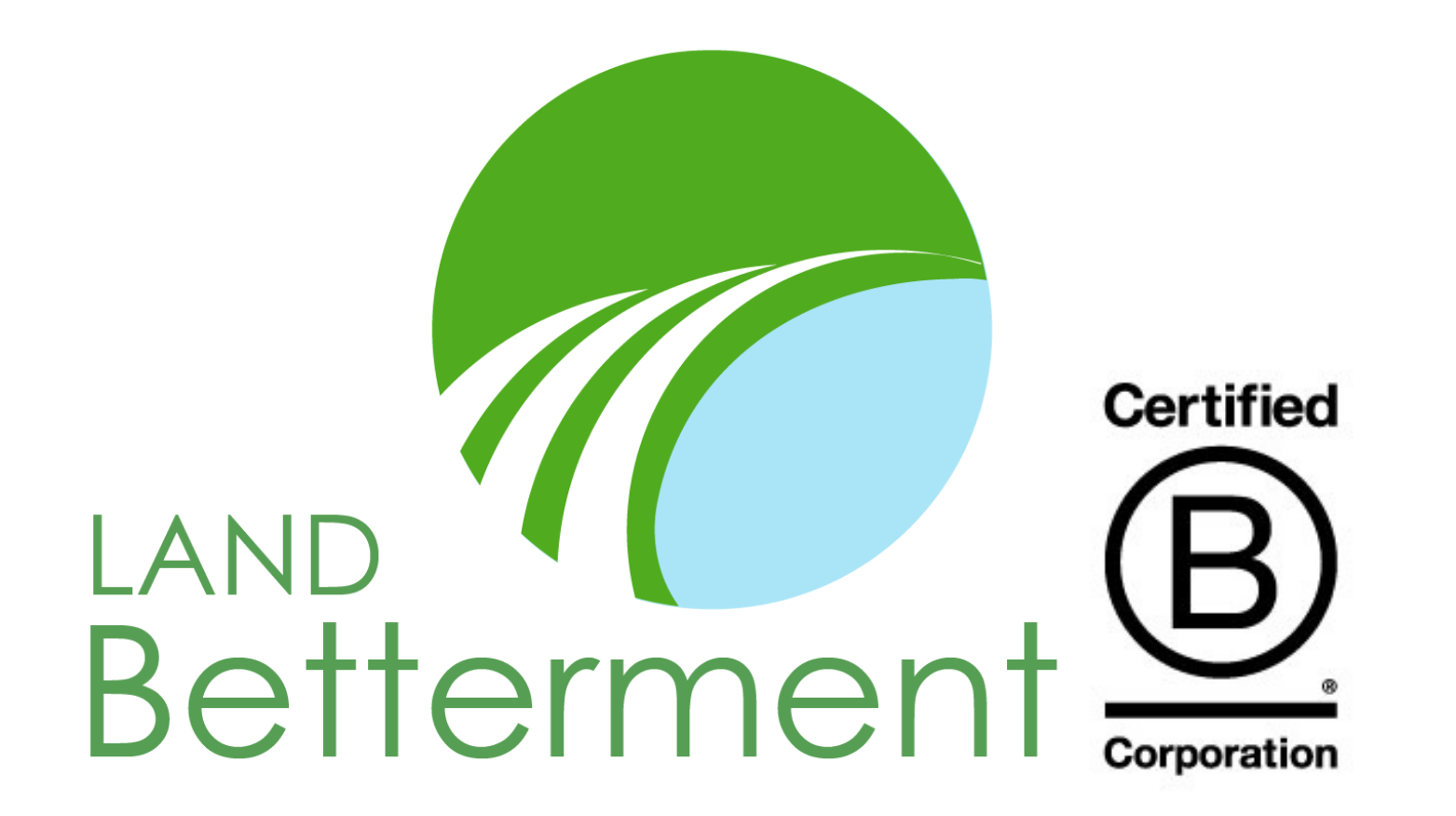We Love 5 Green Blockchain Projects
By: LBX Editorial Team
To the average person, green crypto seems like an oxymoron, right?
As an environmental action company that puts carbon offsets onto the blockchain, we are accustomed to people looking at us a little sideways when we tell them that’s exactly what we want to be, a green blockchain with a purpose.
But that’s exactly what we’ve tried to create at the Land Betterment Exchange (LBX), by tokenizing carbon offset credits achieved through land remediation and restoring impacted land abandoned by fossil fuel companies.
We found our purpose, and in the process created a win-win scenario for all the players involved, including environmental specialists, corporations looking to meet carbon pledges, local displaced workers, and, of course, the environment itself.
We don’t, however, trick ourselves into thinking we are the only purposeful blockchain out there. We wouldn’t want to be anyway–when you are trying to fix the world, you want as much company as possible.
So, below we are going to shout out five of our favorite green blockchain solutions that all try, in their own way, to make the world a little better.
1. Hedera
Hedera relies on its revolutionary hashgraph consensus mechanism (https://hedera.com/how-it-works) to deliver faster and cheaper transactions at a fraction of the energy cost typical of blockchain.
Built around two key innovations—which they call “gossip about gossip” and “virtual voting”—hashgraph allows Hedera to provide a rapid, fair, stable, and secure platform that uses an average .00017 KWH per transaction, compared to Ethereal’s 102 KWH and Bitcoin’s staggering 885 KWH.
Read that last part again—.00017KWH per transaction v. 885 KWH. There are fractions…and then there are fractions of fractions (of fractions).
This energy efficiency does not, however, slow Hedera down. Quite the opposite, actually: It averages 10,000 transactions per second, compared to Bitcoin’s 3, for an average fee of $.0001 per transaction, compared to Bitcoin’s $22.57.
Hedera isn’t just producing a more sustainable and scalable version of blockchain, it is making it more democratic and accessible to everyday people. Developers can mint and manage fungible and non-fungible tokens, record verifiable event logs for any app or permission framework, and deploy smart contracts in popular language to create centralized apps and protocols.
2. Cardano
Cardano similarly provides blockchain technology with a fraction of the financial and energy costs associated with the industry.
It is built on top of ouroboros (https://cardano.org/ouroboros/), a peer-reviewed protocol based on behavioral psychology, economic philosophy, and mathematically-verified mechanisms. According to Cardano, ouroboros is the “first provably secure proof-of-stake” protocol and is up to 4 million times more energy efficient than Bitcoin.
But it's not just how it's done, it's who it's for.
Cardano envisions itself as the blockchain of choice for changemakers, innovators, and visionaries, offering the tools and technologies to foster positive global change and are built to endure. It is, according to its website, the infrastructure of the future.
Their use-cases include education, agriculture, government, finance, and health care, showing that real-world problems can be solved using their technologies, particularly in verifying an item's province, chain of custody, and safety.
3. Stellar
Like Hedera and Cardano, Stellar also boasts transactions that are faster, cheaper, and more energy efficient than typical blockchain, offering yet another more sustainable and scalable version.
Stellar, however, emphasizes one other primary point of distinction: Whereas other blockchain solutions were developed to undermine or replace existing financial systems, Stellar is a decentralized system that exists to enhance existing global financial systems by allowing transparent currency trading. The Stellar network doesn’t exist to trade lumens (its native digital currency), it exists to trade all currencies.
Launched in 2014, Stellar has already processed more than 2 billion transactions, for large enterprises to single-developer companies building global payment apps, asset exchanges, and micropayment services.
This technology (https://www.stellar.org/learn/intro-to-stellar) essentially makes money borderless, and is particularly useful for international remittances and payments, and end-users experience it like cash, not tokens.
People from all around the world can purchase and exchange any type of currency using Stellar. For example, one Argentina-based company, Vibrant, allows Argentines experiencing inflation to purchase and hold USDC quickly and with little effort.
Such tools can be harnessed by everyday people to make their lives a bit easier, and can be deployed by developers to make the next generation of global financial networks.
4. IOTA
IOTA’s name should tell you all you need to know about its blockchain solution—it is designed for devices, such as sensors, to participate in low energy networks (IOT=Internet of Things). This means that, at its core, IOTA is a trust layer network for exchanging value and data between humans and machines.
Think of IOTA’s Tangle network (https://www.iota.org/get-started/what-is-iota) as an open, feeless distributed ledger to support frictionless data and value transfers. It can support actions as varied as allowing cars to pay for their own electronic charging or carwash, to helping governments and other entities manage natural resources and establish more transparent public services.
And the best part is, there are no blocks and there is no mining. When a user sends an IOTA transaction, they validate two other transactions, making the platform cheaper and more scalable than typical blockchains.
5. Algorand
Algorand was designed top-to-bottom with the environment in mind.
Built as a green blockchain with an environmental impact focus, Algorand is not only more energy efficient than the typical blockchain, but it is also committed to offsetting its (minuscule) carbon footprint through carbon offsets—something near and dear to us, obviously.
Emphasizing partnerships with organizations focused on sustainability, Algorand strives to deliver blockchain technology that will not adversely affect the environment. Groups like Global Carbon Holding, ClimateTrade, and PlanetWatch have all developed technologies on top of the Algorand platform.
PlanetWatch, for example, built a global network of affordable air quality sensors that can validate, filter, and display data in real-time.
At the end of the day, Algorand’s mission, according to its CEO, is nothing less than “ensuring the next generation of blockchain adoption is environmentally friendly.” From their lips to our hearts and (hopefully) God’s ears.
CONCLUSION: WALKING THE WALK AND LOOKING IN THE MIRROR EVERY MORNING
Over the last decade-plus, blockchain technologies have created vast amounts of wealth for individual people. And we are not here to begrudge anybody their earnings. But, at the same time, blockchain also has the potential, when deployed for the right purposes with the right technology, to tangibly improve the world around us—society, the economy, and the environment.
At LBX, we know what our purpose is–finding novel ways to accelerate environmental improvement and action. It’s why LBX carbon credits are based exclusively on land remediation, not preservation alone. Because for LBX, it wasn’t enough to merely put the existing, often meaningless carbon offset system onto the blockchain, we needed to connect it to tangible environmental improvement before we could.
Anybody can say they’re trying to make the world better, but they have to look themselves in the mirror every night and know that it’s true. At LBX, we know it’s true, and we are glad these 5 Green Blockchain projects we highlighted can say the same thing.
About Land Betterment Exchange - LBX
The Land Betterment Exchange process enables corporations and sponsors needing carbon offsets to achieve their carbon neutral plan to keep their funds local benefiting their community and environment while still acquiring highly valuable, traceable and verifiable carbon offsets. LBX will work with sponsors to match them with projects that will be tracked using the LBX blockchain technology while also providing time elapsed documentation, imagery and videos of the property being remediation and revegetation. LBX works to incorporate its sponsors’ brand into the environmental remediation and bring the community together with the sponsors as they help to do good by the region and environment. LBX is keeping it local in the United States. Land Betterment Exchange has engaged Land Betterment Corporation as its token and carbon offset issuance partner to ensure that integrity of the token and carbon offset issuance process is adhered to. Land Betterment Corporation and Land Betterment Exchange both firmly believe that with real solutions it is possible for restoration of impacted areas to live side-by-side long term employment, while building sustainable and safe surroundings for communities and our planet. For more information visit www.thisislbx.com or connect with the Company on Facebook, Twitter, and LinkedIn.
About Land Betterment Corporation
Land Betterment Corporation, an Indiana Benefit Corporation and Pending B-Corp, is an environmental solutions company focused on fostering a positive impact through upcycling former coal mining sites to create sustainable community development and job creation. The Company utilizes a complete solution-based lifecycle program to restore and rehabilitate the environment and revitalize communities in need of change and opportunity. Land Betterment accomplishes this by identifying un-reclaimed, run-down and neglected coal mining sites, fixing the environment through reclamation and remediation, and then repurposing the land to support a sustainable business that serves the community. For more information visit landbetterment.com or connect with the Company on Facebook, Twitter, and LinkedIn.
Special Note Regarding Forward-Looking Statements
This press release contains “forward-looking statements” within the meaning of the Private Securities Litigation Reform Act of 1995. Forward-looking statements involve known and unknown risks, uncertainties, and other important factors that could cause the Company’s actual results, performance, or achievements or industry results to differ materially from any future results, performance, or achievements expressed or implied by these forward-looking statements. These statements are subject to a number of risks and uncertainties, many of which are beyond Land Betterment Corporation’s control. The words “believes”, “may”, “will”, “should”, “would”, “could”, “continue”, “seeks”, “anticipates”, “plans”, “expects”, “intends”, “estimates”, or similar expressions are intended to identify forward-looking statements, although not all forward-looking statements contain such identifying words. Any forward-looking statements included in this press release are made only as of the date of this release. The Company does not undertake any obligation to update or supplement any forward-looking statements to reflect subsequent events or circumstances. The Company cannot assure you that the projected results or events will be achieved.
Company Contacts:
Mark LaVerghetta
317.537.0492 ext. 0
Chief Governance Officer, Corporate Finance
info@landbetterment.com
Jessica Medeiros Garrison
205.568.4371
President
Land Betterment Exchange
jmg@landbetterment.com
Stephanie Conzelman
207.205.0790
Stakeholder Engagement Director
info@landbetterment.com



